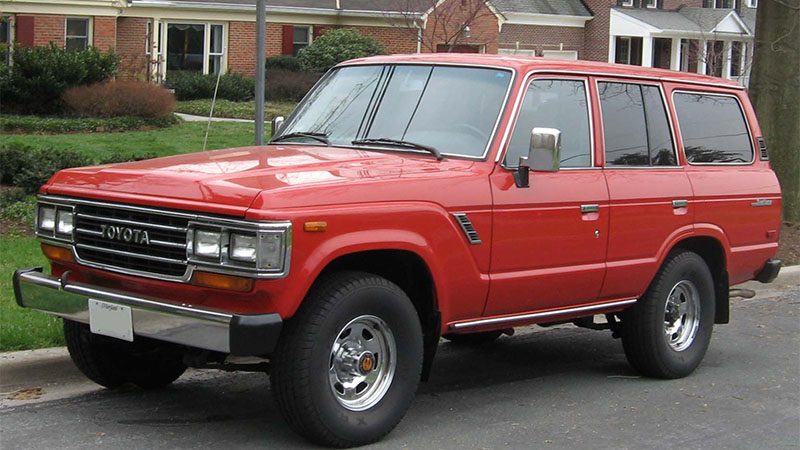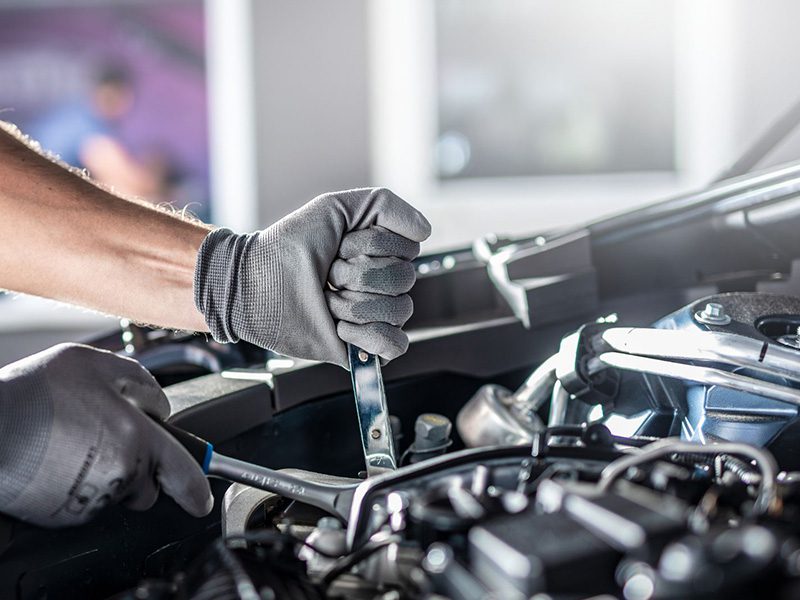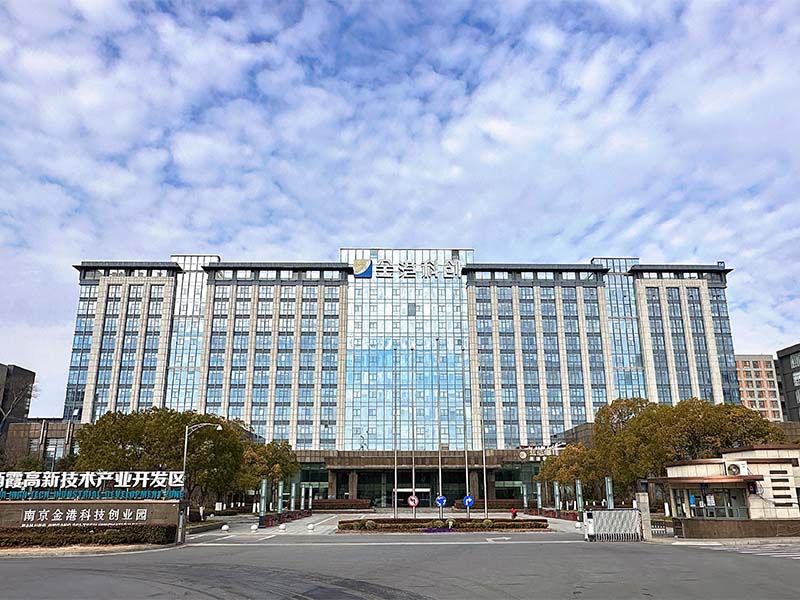In a world where modern diesel engines are packed with electronics, sensors, and emissions systems, the Toyota 1HZ stands out as an old-school workhorse.
First launched in the early 1990s, this 4.2-liter inline-six diesel is still highly sought-after — not just by Land Cruiser enthusiasts, but also by fleet operators, overlanders, and workshops in regions where reliability and parts availability matter more than high-tech features.
If you run a workshop, manage a fleet, or supply heavy-duty vehicles in remote areas, chances are you’ve come across the 1HZ. It’s simple, durable, and has a global reputation for racking up hundreds of thousands of kilometers with minimal fuss.

1HZ at a Glance
The Toyota 1HZ is a naturally aspirated (non-turbo) 4.2L inline-six diesel engine designed for longevity over outright performance.
| Spec | Details |
|---|---|
| Configuration | Inline 6, SOHC, 12-valve |
| Displacement | 4,164 cc (4.2 L) |
| Bore x Stroke | 94 mm x 100 mm |
| Compression Ratio | ~22.4:1 |
| Max Power | ~96 kW (129 hp) |
| Max Torque | ~271–285 Nm |
| Fuel System | Mechanical direct injection |
| Induction | Naturally aspirated |
| Timing Mechanism | Belt |
| Cooling | Water-cooled |
| Oil Capacity | ~9.6 L |
| Dry Weight | ~300–330 kg |
This engine’s charm lies in its mechanical simplicity — no ECU to fail, no turbo to overheat, and minimal sensors to worry about.

What Vehicles Use the 1HZ?
The Toyota 1HZ powers a range of heavy-duty models, most notably the Land Cruiser 70 and 80 Series. Its rugged design, ease of maintenance, and global parts availability make it a go-to engine for fleets, overlanders, and government agencies in remote regions.
Common Applications
- Land Cruiser 70 Series – Single/double-cab pickups, troop carriers, and station wagons; still produced with the 1HZ in some export markets.
- Land Cruiser 80 Series – Offered in select markets from 1990–1998, valued for reliability in rural and expedition use.
- Toyota Coaster Bus – Regional models for public transport, school buses, and shuttles.
- Special-Purpose Vehicles – Mining trucks, agricultural machinery, and service vehicles.
- Military & Government Fleets – Widely used in Africa, Australia, and the Middle East for troop transport and patrol.
In rugged or remote terrain, 1HZ-powered vehicles remain a common sight — valued for their durability, serviceability, and ability to run on lower-grade fuel.

Is the 1HZ a Good Engine?
In short — yes. The 1HZ is widely regarded as one of Toyota’s most reliable diesel engines, earning a reputation for thriving in conditions that would test lesser designs. It’s a favorite among overlanders, mining companies, military fleets, and rural operators who prioritize uptime over speed.
Why It’s So Reliable
- Mechanical Simplicity – The 1HZ uses minimal electronics, relying on a purely mechanical fuel injection system. This means fewer components to fail, easier troubleshooting, and the ability to run even in remote areas with no specialized diagnostic tools.
- Fuel Tolerance – Designed for global markets, it runs well on lower-grade diesel, making it ideal for regions where fuel quality is inconsistent.
- Serviceability – Straightforward design allows for in-field repairs and full rebuilds in basic workshops without high-tech equipment.
- Longevity – With proper maintenance, it’s not unusual for a 1HZ to exceed 500,000 km before needing a major overhaul — some fleet examples have passed 700,000 km with only routine servicing.

Weaknesses to Watch
- Overheating – Often caused by neglected cooling systems; prolonged heat can lead to cracked cylinder heads.
- Timing Belt Maintenance – Must be replaced every 100,000 km to avoid catastrophic failure.
- Aging Injection Pumps and Seals – After decades of service, seals may leak and pumps may require reconditioning.
- Performance Limitations – Being naturally aspirated, it lacks the torque surge of modern turbo diesels, which may be a drawback for heavy towing or high-speed cruising.
For fleet operators, the 1HZ’s low downtime costs, ease of parts sourcing, and predictable maintenance make it a cost-effective choice compared to more modern, electronically controlled engines that may require specialized service.

Power & Performance
From the factory, the Toyota 1HZ delivers roughly 129 horsepower (96 kW) and ~275 Nm of torque at around 2,000 rpm. It’s tuned for steady, dependable pulling power rather than quick acceleration, making it ideal for towing moderate loads, crawling off-road, and long-distance cruising in rugged environments.
The naturally aspirated design means throttle response is smooth but not aggressive. Drivers used to modern turbo diesels will notice the slower acceleration, especially on highways or when carrying heavy payloads. However, in low-gear, off-road, or work scenarios, the 1HZ’s torque curve provides reliable grunt where it’s needed most.
NA (Naturally Aspirated) Performance Upgrades
While you won’t turn it into a sports engine without a turbo, a few straightforward modifications can improve drivability:
- Free-Flow Exhaust – Reduces back pressure, helping the engine breathe better and run cooler.
- Clean Intake System – Ensures maximum airflow and efficiency; replacing old filters can noticeably improve performance.
- Fuel Pump Tuning (within safe limits) – Optimizing injection timing and fuel delivery can yield a modest torque boost.
With these tweaks, you may notice slightly stronger mid-range torque, improved throttle response, and marginally better fuel efficiency. That said, gains are modest — for substantial performance improvements, a well-planned turbo setup is the most effective route.

Can You Safely Turbo a 1HZ?
Yes — but you need to do it right.
The stock 1HZ bottom end can handle mild boost, provided you manage EGT (Exhaust Gas Temperature) and keep things cool.
Safe Turbo Guidelines
- Boost: 7–10 psi on a healthy stock engine
- Intercooler for cooler intake temps
- EGT gauge and boost gauge for monitoring
- Cooling system in top condition (radiator, fan, thermostat)
- Upgraded exhaust (3-inch recommended)
Done correctly, a turbocharged 1HZ can deliver noticeably better drivability without sacrificing reliability. Done poorly, it can lead to head cracks and shortened engine life.

1HZ vs 1HD vs 1PZ: Which One Is Better?
Toyota’s 4.0–4.2L diesel lineup has produced some of the most trusted workhorse engines in the world. Among them, the 1HZ, 1HD, and 1PZ share the same heritage — and even some interchangeable parts — yet each was engineered with a different purpose in mind.
From naturally aspirated simplicity to turbocharged muscle, these engines differ in induction type, output, and ideal use cases. Whether you’re planning a rebuild, an engine swap, or making a fleet investment, understanding these differences is key to selecting the right powerplant for the job.
Here’s a brief snapshot of each engine’s core specs, strengths, and ideal applications:
| Engine | Induction | Displacement | Valvetrain | Output (approx.) | Strengths | Drawbacks | Best For |
|---|---|---|---|---|---|---|---|
| 1HZ | NA | 4.2L I6 | SOHC 12v | 129 hp / 275 Nm | Simple, reliable, easy to service | Low power | Fleets, overlanding, remote areas |
| 1HD-T/FT/FTE | Turbo | 4.2L I6 | SOHC 12v | 165–204 hp / higher torque | Strong towing, more power | More complexity, higher parts cost | Heavy towing, performance builds |
| 1PZ | NA | 3.5L I5 | SOHC 10v | ~114 hp / less torque | Robust, slightly lighter | Less power than 1HZ | Budget, lighter-duty use |
Quick Take
- Go for the 1HZ if you value simplicity, reliability, and easy maintenance above all.
- Pick the 1HD if you need strong torque for heavy loads, high-speed touring, or serious towing.
- Choose the 1PZ if you’re on a tighter budget and need a dependable engine for lighter-duty work.

Common Problems & Fixes
Even with its reputation for durability, the 1HZ isn’t immune to wear and tear. Most issues are age-related and relatively straightforward to fix if caught early.
- Overheating – A common problem in hot climates or under heavy load. Causes include clogged radiators, worn viscous fan couplings, and stuck thermostats. Preventative measures: flush the cooling system regularly, inspect the radiator core for blockages, and replace the fan clutch or thermostat as needed.
- White Smoke – Often linked to cold-start issues caused by faulty glow plugs, poor injection timing, or low compression. Diagnosis should start with glow plug resistance tests, followed by fuel pump timing checks.
- Oil Leaks – Usually due to aging rocker cover gaskets, crank seals, or sump gaskets. These leaks can worsen over time and affect oil pressure if ignored. Use OEM-quality seals for replacements to prevent repeat failures.
- Loss of Power – Frequently caused by a clogged fuel filter, dirty air filter, or worn injection pump. Begin with the simplest fixes—filter replacements—before moving to pump calibration or injector testing.
Pro Tip: Proactive maintenance, especially regular cooling system checks, is critical in hot or dusty environments. Preventing overheating not only avoids cracked heads but also extends overall engine life.

Rebuild vs Replacement Guide
For workshops, fleet operators, and distributors, choosing between repairing, rebuilding, or replacing a 1HZ engine often depends on downtime tolerance, parts availability, and the vehicle’s intended use. While the 1HZ is relatively easy to service, the right approach ensures minimal disruption and long-term reliability.
When to Rebuild
- Engine block and crankshaft are in good condition.
- Wear is limited to pistons, rings, bearings, or valves.
- Ideal when you can allow the vehicle to be out of service for a longer period.
- Advantage: Retains original engine number, which can be important for registration in some regions.
When to Replace with a Long Block
- Severe internal damage such as a cracked block, spun bearings, or major overheating.
- Needed when rapid turnaround is a priority.
- Advantage: Pre-assembled to factory tolerances, faster install, often comes with a warranty.
When to Consider a Used Import Engine
- Suitable for budget-conscious or short-term operations.
- Often sourced from low-mileage Japanese imports, though condition can vary.
- Always pressure test and inspect before installation.
1HZ Engine Repair Options at a Glance
| Option | Pros | Cons | Typical Downtime | Warranty Availability | Best For |
|---|---|---|---|---|---|
| Rebuild | Keeps original engine number, can upgrade components, potentially longer service life | Longer downtime, quality depends on workmanship | 5–15 days | Sometimes on parts only | Owners wanting original engine retained |
| Replacement Long Block | Factory-assembled tolerances, quick installation, high reliability | Higher upfront investment, requires full swap | 2–5 days | Often 6–12 months | Fleets prioritizing minimal downtime |
| Used Import Engine | Lower initial investment, quick swap if ready | Condition and history unknown, shorter lifespan likely | 2–5 days | Rarely available | Budget-conscious, short-term operation |
Pro Tip: For critical fleet operations in remote areas, keeping a spare long block on hand can drastically reduce downtime if an unexpected failure occurs.

FAQs
Is the 1HZ a good engine?
Yes. It’s famous for durability, mechanical simplicity, and ease of repair — ideal for harsh environments.
What car has a 1HZ engine?
Land Cruiser 70 & 80 Series, some Coaster buses, and industrial Toyota applications.
How much power can a 1HZ make?
Stock: ~129 hp. With a safe turbo setup: significant torque improvement without sacrificing reliability.
What’s the difference between 1PZ and 1HZ?
1PZ is a 3.5L inline-5 NA engine with less power; 1HZ is a 4.2L inline-6 NA with more torque.
Can you safely turbo a 1HZ?
Yes — stay under ~10 psi boost, manage EGT, and keep the cooling system in top condition.
What’s better, 1HZ or 1HD?
1HD offers more power and torque but with more complexity; 1HZ is simpler and easier to service.

Conclusion
The Toyota 1HZ has earned its place as one of the most dependable diesel engines ever built — valued for its mechanical simplicity, durability, and ability to thrive in harsh conditions. Whether you’re maintaining a fleet, restoring a Land Cruiser, or keeping heavy-duty vehicles operational in remote regions, having a trusted parts partner is essential.
At Nanjing Woda Auto Technology Co., Ltd., we’ve been supplying high-quality engine parts and complete long blocks for over 25 years, helping workshops and distributors around the world keep the 1HZ and other engines performing at their best.
Request a Quote or Download Our Parts Catalog today to see how we can help you keep your 1HZ-powered vehicles on the road for years to come.






